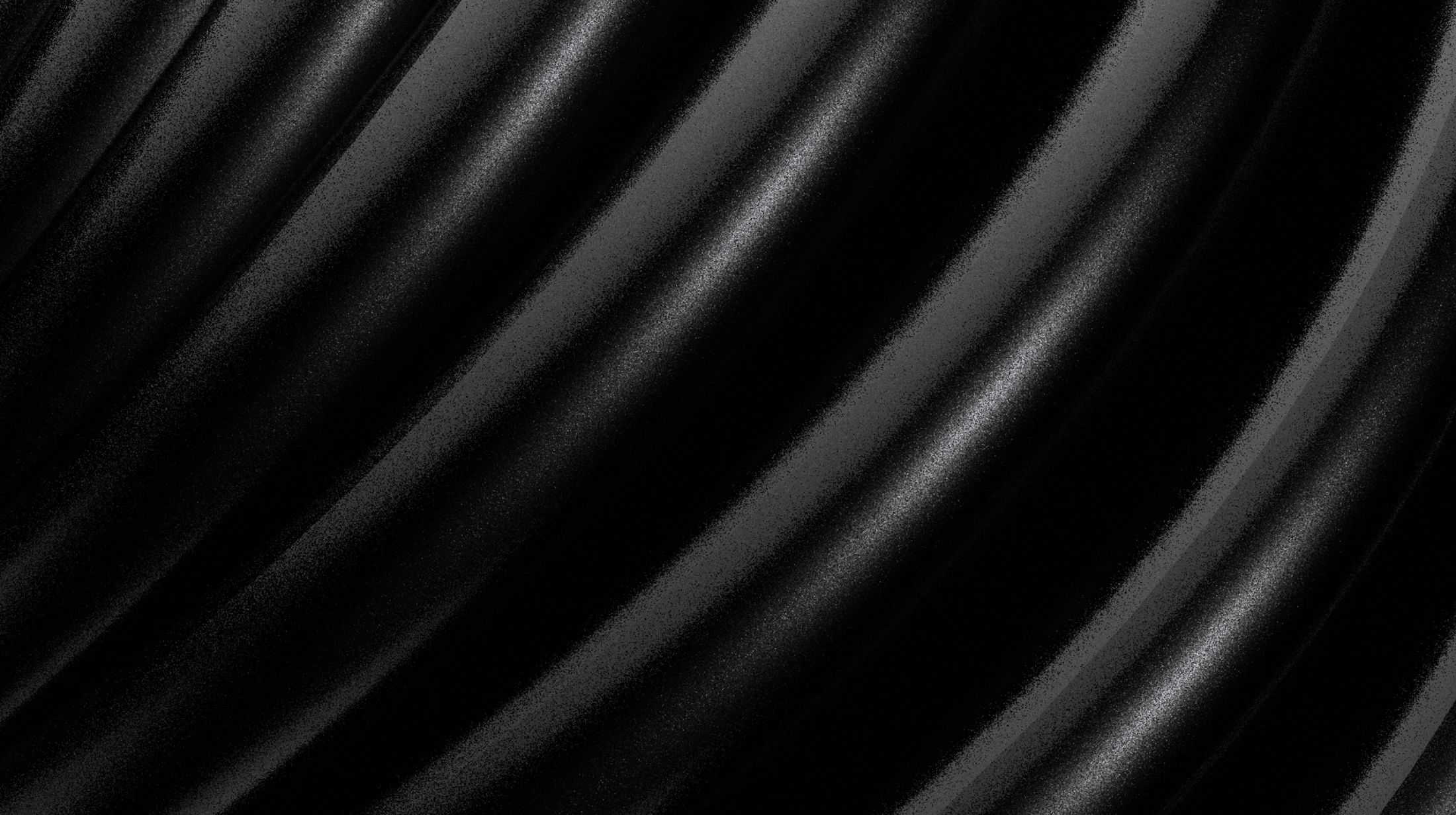
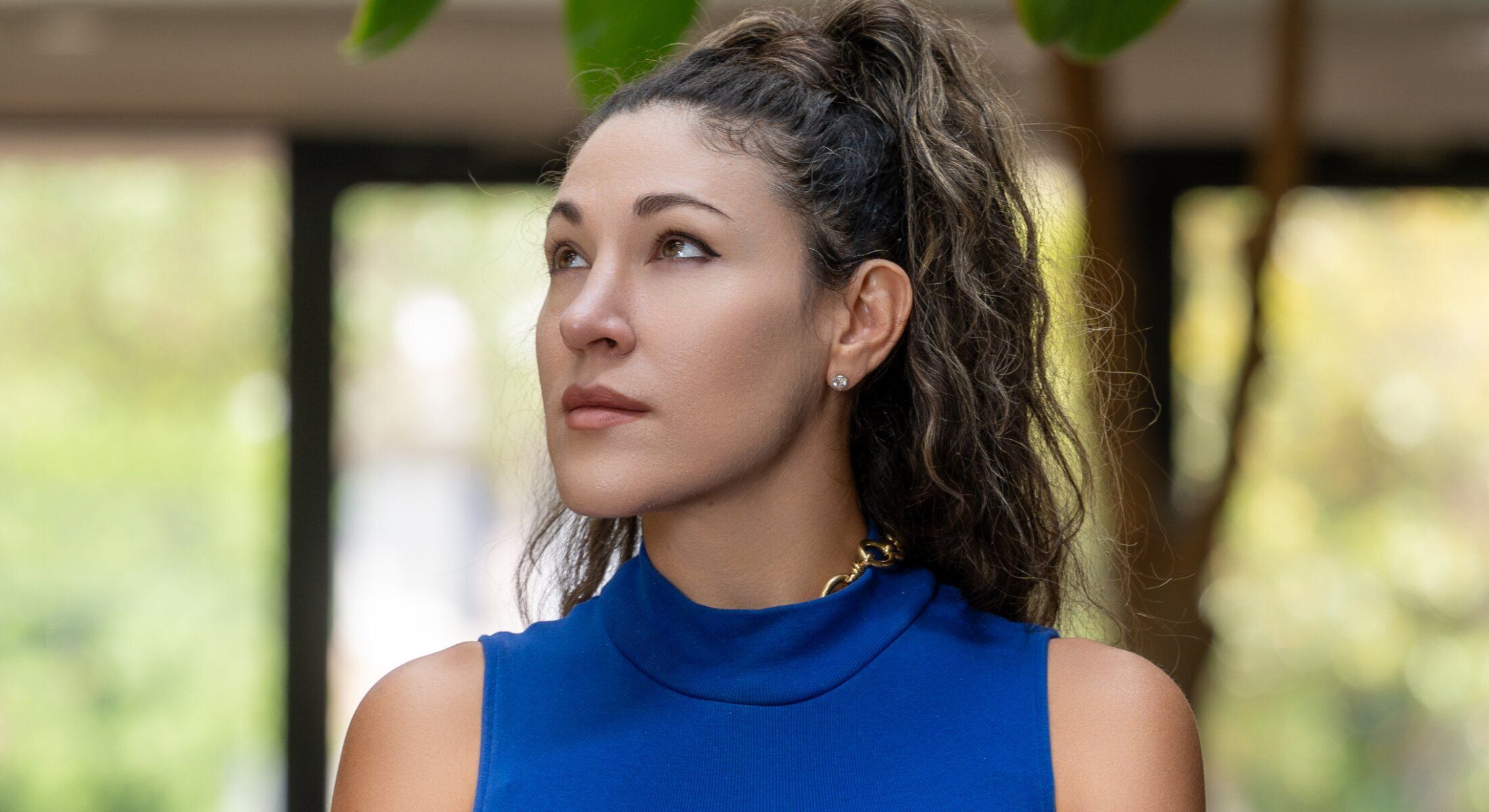


Find out how this technique compares to structural rhinoplasty and whether one or the other may be better for your nose surgery. Dorsal preservation rhinoplasty was first described by Dr. Yves Saban of France, and has become increasingly popularized by Dr. Teoman Dogan (Dr. Teo) of Istanbul. Dr. Athre did a fellowship with Dr. Teo in Istanbul, Turkey to learn the art of dorsal preservation rhinoplasty.
Dorsal preservation rhinoplasty is a distinct way to do rhinoplasty and is opposite of structural rhinoplasty. This in contrast to ultrasonic rhinoplasty, which is not a real change in the way the surgery is done, but rather is a change in the instrumentation and tools used.
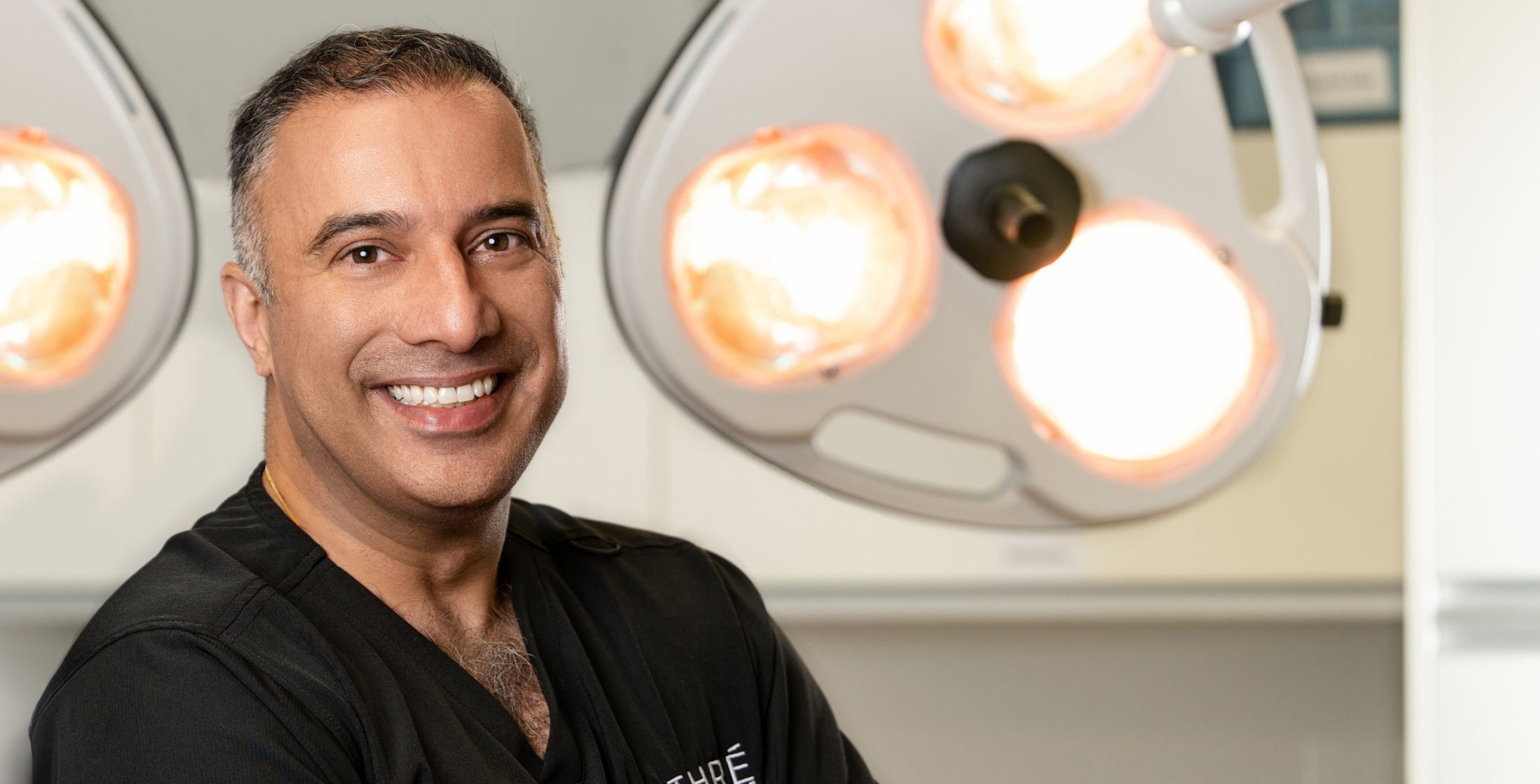
The words explain what happens in this type of rhinoplasty. The entire dorsum is preserved or saved. In structural rhinoplasty, the top of the mountain was resected to remove the dorsal hump. In dorsal preservation rhinoplasty, it is collapsed into the nasal vault. The dotted line depicts where the nose used to be at the level of the bony dorsum. The green line shows where the nose is after dorsal preservation. You can see that the whole nose has been “pushed down” into the nasal vault. The red arrows depict the osteotomies at the junction of the nasal bones and the maxilla (upper jaw). Another name for the dorsal preservation technique is the “push-down” technique. The septum in the middle is overlapped due to the decrease in height.
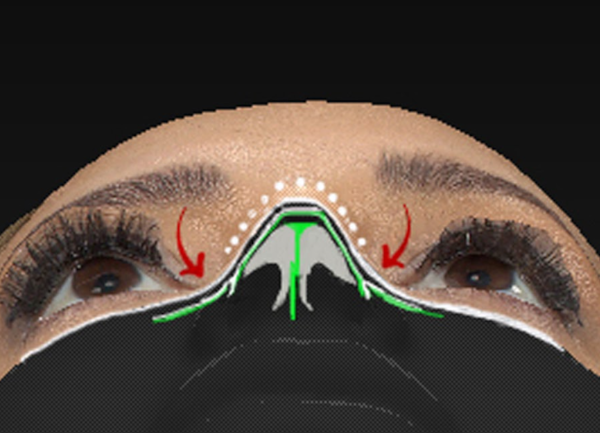
The key to dorsal preservation is that the entire dorsum stays intact. It is not disturbed or interrupted. The advantage to this is that fewer tissue planes are disturbed and dissected. From a surgical perspective, this allows better reliability, and leaves fewer variables to scarring and healing. When resecting the hump and putting bones and tissue planes together, you can develop:
All of these issues are avoided in our Houston dorsal preservation rhinoplasty procedure.
The patient perspective to this is:
Ultrasonic rhinoplasty allowed reduction of the downtime over traditional structural rhinoplasty from about 2 weeks to 5-6 days. Dorsal preservation rhinoplasty changed that number down to 3-4 days in most patients!
Here is a photo of a patient having undergone a dorsal preservation rhinoplasty at 4 days. No splint, no packing, minimal bruising!

With dorsal preservation rhinoplasty Houston patients get some amazing advantages over some of the other techniques. Dr. Athre has further modified dorsal preservation rhinoplasty by adding the ultrasonic technique and the Athre strut. The Athre strut is a small cartilage graft that does the following:
Here is a pictorial representation. The green cartilage strut represents the Athre strut (AKA El Cuerno). This struts lifts, defines, and fixates the tip of the nose resulting in a soft, natural, defined nasal tip that will not fall or lose shape over time!
These additional modifications represent just a small part of Dr. Athre’s continual evolution in rhinoplasty techniques in search of the perfect rhinoplasty result.
Despite all of these advantages, and the fact that the dorsal preservation technique is used most frequently in our practice, the patient’s anatomy must allow this technique to be used.
When reading about all of these techniques, the reader needs to realize that there is no perfect technique that works for every patient. There are no right and wrong techniques. The purpose of these pages is to give the reader an idea of what these various techniques are and what are some of the pro’s and cons of these techniques. My opinion is that the most interesting thing about rhinoplasty surgery is that it is absolutely necessary for the rhinoplasty surgeon to be a master of every single technique possible, and also be an innovator of new techniques. This gives the surgeon a repertoire of options because you may never know when you may have to reach into your bag of tricks and pull that technique out.
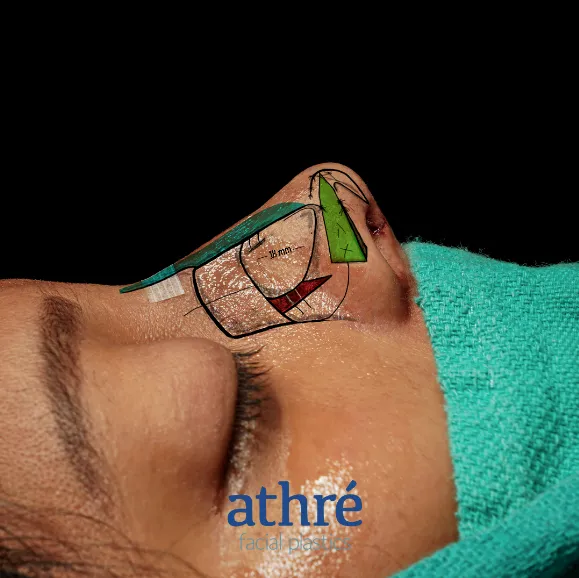
“Dr Athre did an amazing job on my nose. His staff treated me like family and I felt very comfortable getting the work done. He was very intuitive on what I was trying to accomplish and knowledgable enough to work through the issues involved to get the result I wanted, especially considering it was a revision surgery. The whole experience was great and helped me so much!”
